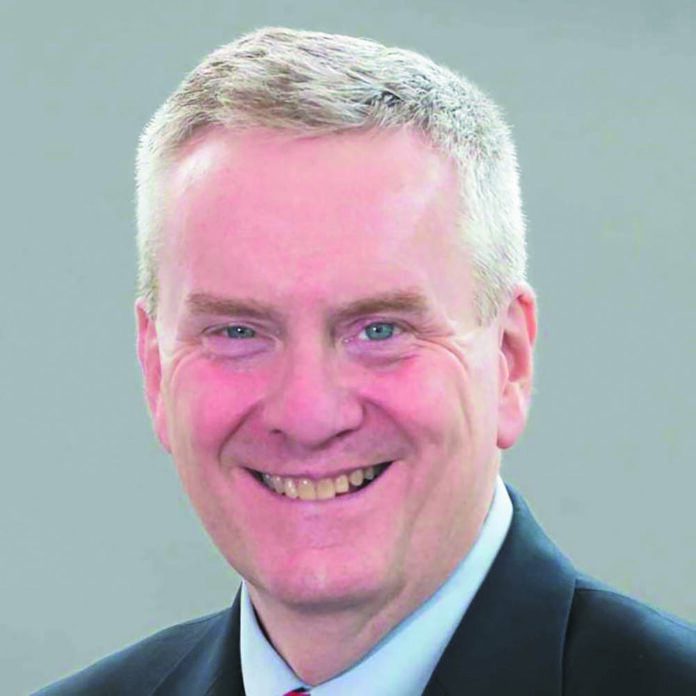Editors note: This is a portion of an article in Editor and Publisher magazine detailing the crises that many, if not most, local news organizations, including your Focus Daily News, are facing. It is more important than ever that you not only subscribe to the digital edition for only $50 per year but also that you encourage your local governments and school districts to place all their legal and other advertising in the ONLY newspaper that provides news covering those cities and school districts. Without your continued and increased support, there will be no affordable and accessible way for citizens to get news for and about their local communities.
For the past 15 years, Medill’s Penny Abernathy has tracked the spread of news deserts across the U.S. landscape.
During that time, the local news crisis has metastasized like a slow-moving cancer coursing through the bloodstream of enclaves from suburbia to rural America.
This State of Local News Project has served as an MRI of the health of local news, providing journalists, media leaders, policymakers, philanthropists, and scholars with much-needed data, analysis, and context.
But our ambition this year grew: What if this project could do more than diagnose a current condition? What if this research could be used as a sort of genetic test of local news, employing predictive modeling to help treat health risks in advance?
The 2023 State of Local News Report is an effort to do just that — not only identify current local news deserts but assess areas of the country at risk of becoming news deserts. And as we chronicle the loss of news, we also set out in this report to document local news startups and to highlight shining examples of news organizations that are showing promise for the future.
This predictive modeling paints a sobering picture. There are 204 counties that currently are news deserts, with no newspapers, local digital sites, public radio newsrooms or ethnic publications. But in studying the characteristics of current news deserts, Medill experts have identified another 228 counties at substantial risk of becoming news deserts in coming years.
Why is that important? It gives community leaders, philanthropists, industry executives and journalists an opportunity to act before an area becomes a news desert.
Tim Franklin is the Sr. Associate Dean, Director, Medill Local News Initiative, John M. Mutz Chair in Local News
Franklin leads the Medill Local News initiative, a series of programs designed to bolster the sustainability of local news. Before joining Medill, Franklin was President of The Poynter Institute. He’s been the top editor of The Indianapolis Star, Orlando Sentinel, and Baltimore Sun. He was a Washington Managing Editor of Bloomberg News. He’s a member of the Illinois Local Journalism Task Force.















